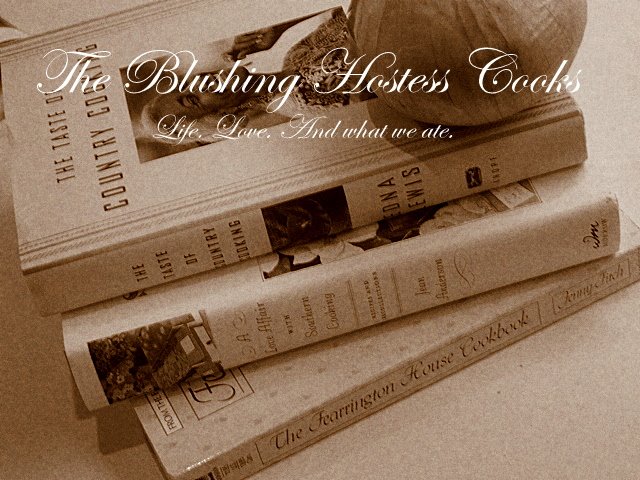
Rick Bayless's work maybe be the most authentically perfect Mexican cooking references to ever hit a printing press, but that has not stopped me from bastardizing a few of his recipes to suit my own tastes. Some of the finer instructional points of
Authentic Mexican leave me wondering and in some cases I have honed them to something that, in my my mind, is more direct or pleasurable at a taste or texture level.
One of those adjustments occurs with regard to
Sopa de Tortilla (Tortilla Soup). One is supposed to sprinkle dried
chiles pasillas over the top of the finished soup: I don't want to eat them that way, they are chewy and unpleasant at best in that form. I've incorporated them into the soup here. It makes for far better depth of flavor in a soup I have often found to be a flavor lightweight when made in the eastern United States; a disappointing relative of the darkly satisfying versions served in Mexico. I have come to crave this soup in both hot and cold states and I hope you will find it just as pleasing.
I served it just the other evening with
tamarind cocktails and the pair were showstoppers. Enjoy.
Toasted Tortilla Soupadapted from
Authentic Mexican by Rick Bayless (1987, HarperCollins)
4 servings
2 tablespoons olive oil
1 medium onion, sliced
2 cloves garlic, peeled
2 dried chiles pasilla, stemmed, reconstituted in 1 cup boiling water, seeded, and deveined
1 15 ounce can organic fire roasted tomatoes
1 1/4 quarts good chicken broth (I made mine and keep it frozen, Zuni's recipe here)
Salt, to taste
Tortilla strips:
4 to 6 corn tortilla, preferably stale
1/3 cup olive oil
Garnishes:
8 ounces
queso fresco (Mexican crumbling cheese)
1 large lime, cut into 4 wedges
In a medium-sized skillet over medium heat, heat 1 tablespoon of olive oil. Add the onion and whole garlic cloves and fry until both are deep golden brown, 12 to 15 minutes. Scoop into a food processor and add the tomato and chilies and process until very smooth (tiny dark flecks of the chilies will remain apparent, this is fine).
Heat the remaining tablespoon of olive oil in the same skillet over medium high heat. When hot, and oil is smoking, add the tomato mixture. Stir constantly until thicker and darker in color; about 5 minutes. Scrape into a large sauce pan.
Stir the chicken broth into the sauce pan, set over low heat, partially cover, and simmer for 30 minutes. Taste and season with salt to taste.
To prepare the tortilla strips:
If the tortilla are fresh or moist, let them dry out for a few minutes in a single layer. Slice them in half, then slice the halves cross-wise into strips 1/4" thick. heat the 1/3 cup vegetable oil in a smallish skillet over medium high heat. When hot, add the tortilla strips and fry. When golden, remove and place on paper towels to drain. Dust with salt when just out of the oil.
To garnish and serve:
Once soup is in the bowl, toss a handful of the crisp tortilla strips over the top. Garnish the bowl with a lime slice and pass the crumbled
queso fresco at the table.























